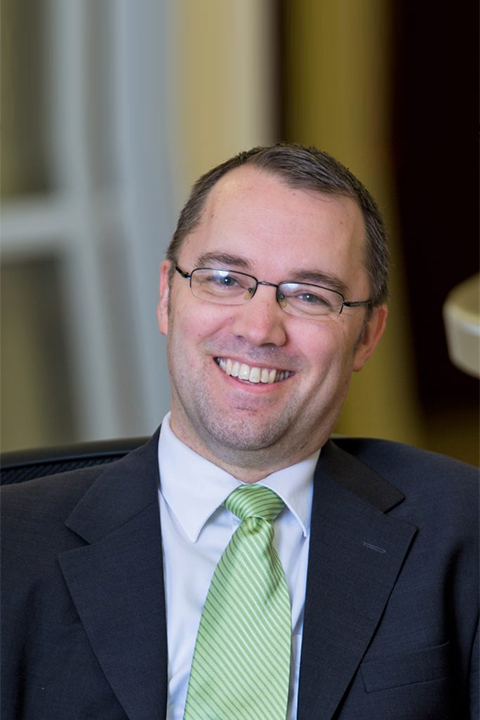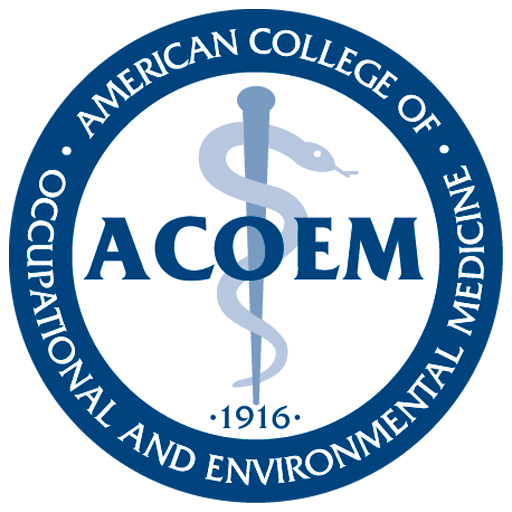
01: What is Occupational Medicine
The history of occupational medicine runs parallel to the history of work, which has been around as long as humans. It can be approached from three angles: science, society, and statute. For more background on this history, I would refer you to the writings of Michael Gochfeld, MD, PhD.1, 2
Science
The science of occupational medicine starts early in medical history. In the fourth and fifth centuries, B.C., Hippocrates noted that living behaviors (activities or occupations) and locations and conditions (environments) could help predict disease. This philosophy formed the bedrock of epidemiology—the study of the distribution and determinants of disease and injury. As a medical specialty acutely focused on connecting causation of disease with work activities and environments, occupational medicine owes a great deal to these Hippocratic observations, which would form a wellspring for occupational and environmental medicine.
Other scientific disciplines and principles that are central to occupational medicine include toxicology, nuclear physics, and ergonomics. Research in these areas has contributed to the advance of all medicine, but the combined focus of these disciplines is unique to occupational medicine.
Paracelsus introduced in the early 1500s the concept that “the dose makes the poison”, and this shaped the study of toxicology and continues to affect toxicologic evaluations today. The concept of dose goes far beyond what most people naturally associate with the term “toxicology,” comprising not only chemicals and metals, but also noise, radiation, and repetitive motions.
Bernardino Ramazzini, the “father of occupational medicine,” published his groundbreaking De Morbis Artificum Diatriba, or, Diseases of Workers, in Modena, Italy, in 1700.iii Remarkably, many of Ramazzini’s observations are as relevant today as they were in his time. His analysis of the connection between diseases and certain occupations included descriptions of activities those workers performed. He recommended that physicians ask about the kinds of work that their patients do. He observed that disease is connected not with chemical and physical agents, but with repetitive or forceful motions— an insight that would much later be analyzed further and termed ergonomics.
Society
At first, occupational medicine was commonly referred to as “industrial medicine.” The Industrial Revolution, beginning in Great Britain about 1760, had a profound influence on the history of the specialty, as it did on most of the rest of society. First, it prompted a major change in work activities and environments in many parts of the world. Factory work became common, and workers began interacting with machines in new ways. This revolution in the way people worked created an entirely new set of hazards that now had to be addressed. Percival Pott, an English surgeon, for example, was the first person to link scrotal cancer to the work of chimney sweeps; now we understand the carcinogen to result from combustion products in the soot that collected on the scrotums of this infrequently bathed group of workers.
Second, in tandem with changes in work itself, an entire social structure changed as many people left the countryside and flocked to cities. People who had worked relatively independently were now brought together in one workplace as they had never been before. Relationships among individuals, but particularly between workers and employers, changed tremendously. Society grappled with the challenges of the accumulation of human and industrial wastes and their detrimental effects on health. Reformers like the British Edwin Chadwick began seeking to alleviate the burdens on the suffering poor—the laboring class.
These changes in work and social structure created a class that needed a medical hero—and several came along: Charles Thackrah, Benjamin McCready, and, ultimately, Alice Hamilton (described below), to name a few.
Whereas in Europe, occupational medicine grew primarily out of social movements for improved working conditions, in the United States the roots had stronger ties to industry leadership and productivity concerns.
Several early examples of occupational medicine as practiced in the United States are provided by the industry-backed physicians hired to care for workers building railroads or toiling in mines or steel mills. The traumatic injuries they faced created a need for tailored medical care.
Employers hired physicians to fill the need. From a purely financial standpoint, there was a need to keep the workers healthy in these rural steel mill towns and work camps.
Statute
The changes that came about during the Industrial Revolution created the setting for the occupational medicine movement through much of the early 20th century. Social reformers exposed the injustices and hazards to workers, and several physicians played key roles in pushing legislation and policies that would motivate and create the clinical framework for the practice of occupational medicine.
In Britain, the physician Thomas Percival helped provide impetus for the Factory Act of 1802 through his description of mine conditions. It took decades, though, until any of these statutes began to make a real difference. By the Mines Act of 1842, however, Britain was making some progress in regulating workplaces, pushed in no small part by Charles Thackrah, the founder of the Leeds University School of Medicine.
In the United States, things moved more slowly. While there were important physician contributors in the late 19th century, the great advances in the field came with the monumental contributions of Alice Hamilton, particularly in the first half of the 20th century. Hamilton was the first female faculty member at Harvard. In addition to being an excellent physician and researcher, she combined a social understanding of the workers’ point of view on work and working conditions in a way that paved the way for modern occupational medicine practitioners.
The achievements of U.S. physicians and reformers such as Hamilton can be viewed through the new laws they prompted. The “grand bargain” of workers’ compensation was developed in 1911; referring to trading workers’ right to sue for employers’ presumptive liability and prompt payment for care and wage replacement. In 1936, the Walsh-Healey Act established a set of health and safety standards specific to companies working as federal contractors, creating a blueprint for future workplace safety standards.
Around this time, the organization of occupational medicine was taking hold. The American Board of Industrial Medicine and Surgery was established in 1941, and in 1948 the American Board of Preventive Medicine and Public Health was formed; the latter would later endorse occupational medicine certification.
Despite these advances, serious deficiencies in occupational and, even more significantly, environmental health existed. The fire on the Cuyahoga River in 1969 caught national attention and led to the creation of the U.S. Environmental Protection Agency (EPA) on January 1, 1970. The Occupational Safety and Health Act was signed at the end of the same year. This act set the minimum standards for most U.S. surveillance activities and for some work fitness standards and has been a reference for many other countries as well. It also established the Occupational Safety and Health Administration (OSHA) and its research partner, the National Institute for Occupational Safety and Health (NIOSH).
Since the seismic shift from that 1970 legislative action, further government advances have continued modestly. Perhaps the largest changes to occupational medicine of the past 45 years have been in the changing settings of the practice. The traditional corporate-industrial setting has moved toward more stand-alone occupational medicine clinics. Some of the corporate-aligned functions previously directed by physicians have moved to safety professionals, industrial hygienists, and nurses, while physicians perform the “medicine” in the clinics. In the past 20 years, as in other specialties, occupational medicine providers have moved into major health care organizations.
Very recently, growing concern by corporations about health care costs has led to a pendulum shift back toward onsite clinics as a potential way to control expenses and improve workers’ health. Whether to provide occupational medicine functions in the package is often included in discussions of the scope of onsite health care services. It remains to be seen whether this will be a persistent movement in occupational medicine practice.
